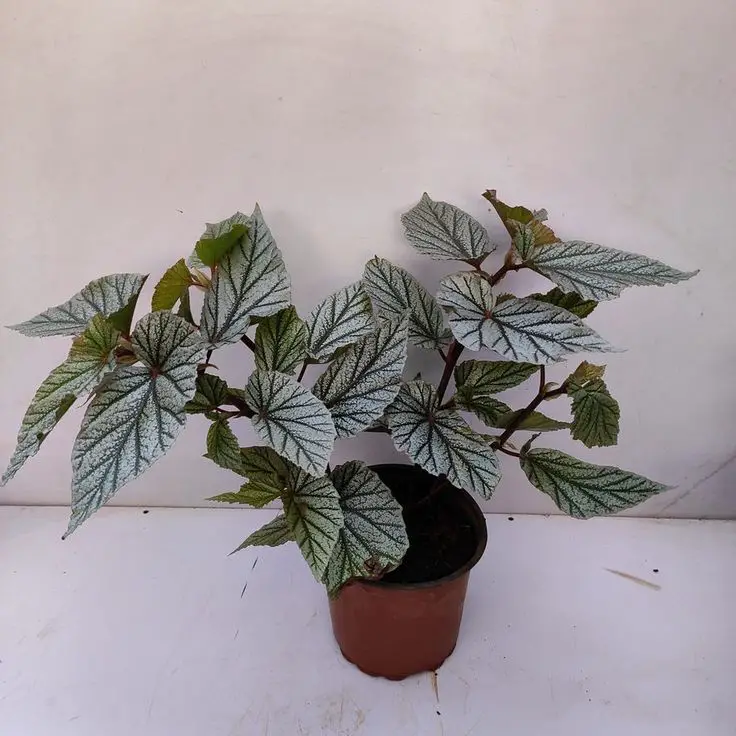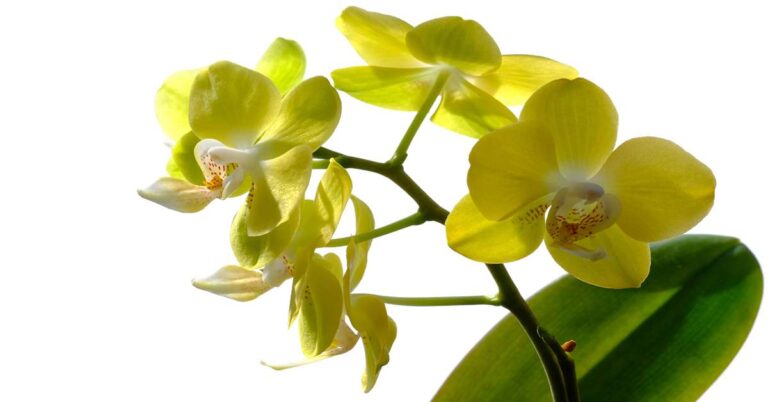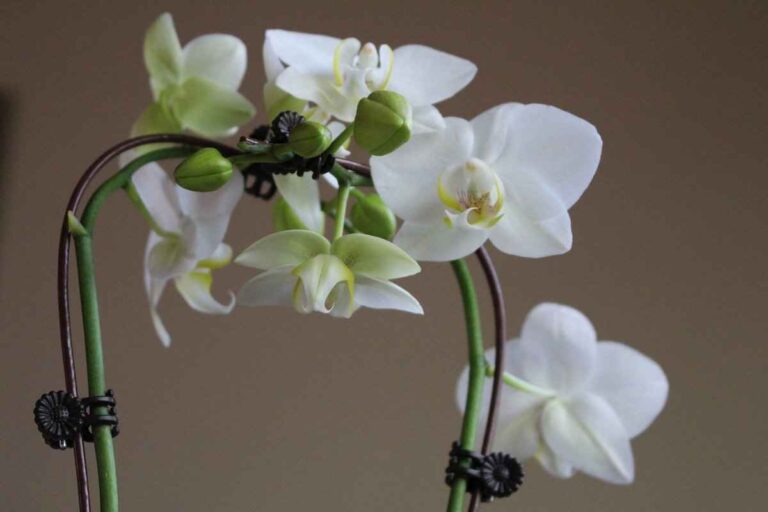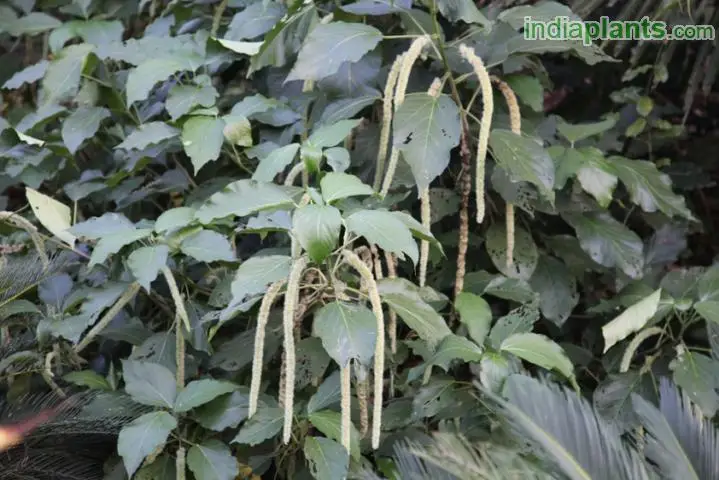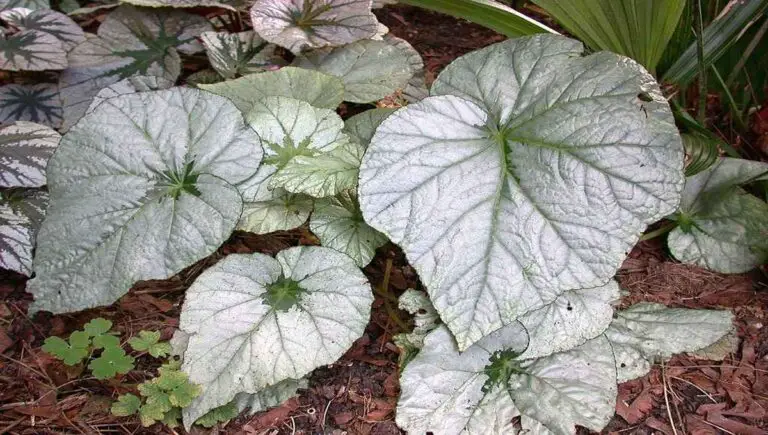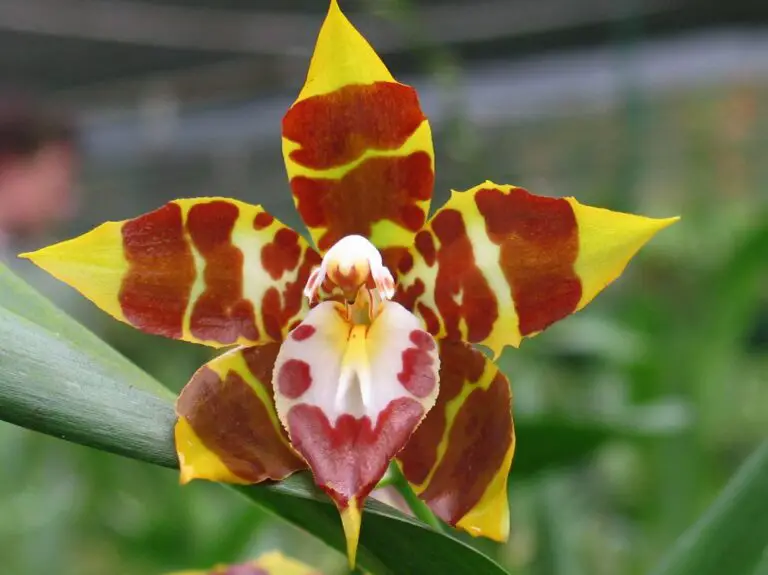Introduction: The Beauty of Plumeria Flowers
Plumeria, a genus of shrubs and trees renowned for their stunning and fragrant flowers, graces gardens in tropical areas with its elegance. These compact plants, known for their white flowers, hold a special place in horticulture. This Plumeria care guide aims to unveil the secrets behind cultivating and nurturing these enchanting blooms, ensuring that your gardening experience is both rewarding and fulfilling.
Care Information on the Table
| Requirement | Details |
|---|---|
| Light | Full sun, at least 6 hours of direct sunlight per day |
| Soil | Well-draining, slightly acidic soil |
| Watering | Water deeply when the soil is dry to the touch. Reduce watering in winter. |
| Fertilizing | Fertilize every 2-3 weeks with a balanced fertilizer during the growing season (spring and summer). |
| Temperature | Prefers warm temperatures, between 65-95°F (18-35°C). Can tolerate light frost, but will go dormant below 40°F (4°C). |
| Humidity | Prefers high humidity, but can tolerate low humidity. |
| Pests and diseases | Susceptible to mealybugs, scale, and spider mites. |
| Pruning | Prune in late winter or early spring to shape the plant and remove dead or diseased branches. |
| Propagation | Can be propagated from cuttings or seeds. |
1. Understanding Plumeria: Origins and Names
Originating in tropical America, Plumeria has earned itself a range of names, with “frangipani” being one of the most charming. The name “frangipani” traces its roots back to a 16th-century Italian nobleman who created a scented perfume reminiscent of the flower’s captivating aroma. This historical connection lends an air of elegance to the already enchanting plumeria.
Interesting facts about the plumeria flower:
- The plumeria flower is said to have originated in Mexico and Central America.
- The plumeria flower is a member of the dogbane family, which also includes plants such as oleander and milkweed.
- The plumeria flower is poisonous to humans and animals if ingested.
- The plumeria flower is a popular tattoo design.
2. Plumeria Characteristics and Growth Habits
The plumeria’s distinct appearance is characterized by its thick branches, elongated leaves, and mesmerizing growth habits. The plant’s leaves showcase a fascinating array of shapes and colors, varying among species and cultivars. From the broad leaves of P. alba to the narrow ones of P. stenophylla, each plumeria variety is a work of natural art.
3. The Enchanting Flowers of Plumeria
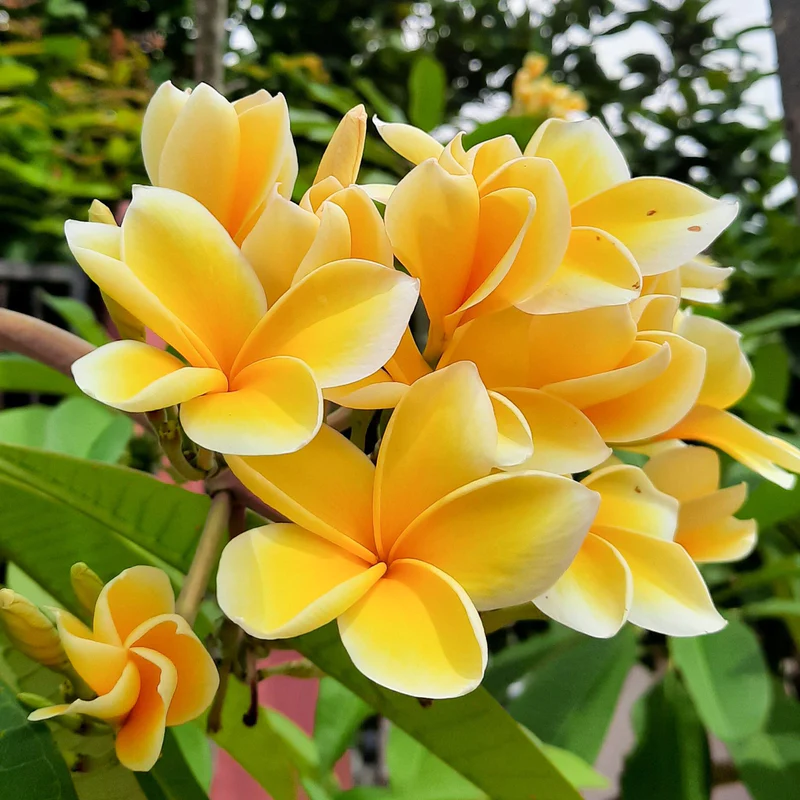
The allure of plumeria flowers lies not only in their size and shape but also in their captivating fragrance. These blossoms display a mesmerizing spectrum of colors, from pure white to vibrant pinks and yellows. Interestingly, sphinx moths play a vital role in pollinating these beauties, and their unique timing aligns with the release of the flower’s irresistible fragrance.
4. Uses of Plumeria Flowers
In Pacific Islands, plumeria flowers are more than just ornamental; they hold cultural significance and are often used to create traditional leis. The flower clusters vary across different cultivars, each with its distinct bloom time and subsequent flushes of flowers. This diversity ensures a constant display of beauty throughout the growing season.
5. Growing Plumeria: Care and Maintenance
Cultivating plumeria requires attention to specific conditions. Bright sunlight, warm temperatures, well-drained soil, and appropriate watering practices are essential. Whether planted in the landscape or in containers, plumeria responds positively to dedicated care.
6. Ensuring Healthy Growth: Fertilization and Pruning
Fertilization is key to fostering robust growth and vibrant blooms during the growing season. Pruning, while minimal, helps manage the plant’s shape and encourages air circulation. Common pests can be kept at bay with proper care and vigilance.
7. Propagation and Cultivation
Propagating plumeria can be achieved through stem cuttings or seeds. While propagated plants tend to exhibit consistent blooming times and flower characteristics, seed-grown plants may surprise with their unique traits. Each method offers a delightful journey into the world of plumeria cultivation.
8. Exploring Plumeria Varieties
Plumeria enthusiasts can explore a range of species, including plumeria alba, Plumeria obtusa, plumeria pudica, plumeria rubra, and Plumeria stenophylla. Each species boasts distinct flower colors, leaf shapes, and growth habits. Whether you prefer the elegance of white blooms or the vibrancy of colored ones, plumeria has a variety to captivate your senses.
Conclusion: Embracing the Beauty of Plumeria
In the realm of tropical and sub-tropical gardening, plumeria stands out as an exquisite gem. This Plumeria Care Guide has unraveled the secrets of nurturing these fragrant flowers, from their origins and captivating characteristics to their cultivation and propagation. By embracing the art of plumeria care, you open doors to a world of natural beauty that not only enriches your garden but also your soul. Dive into the realm of plumeria cultivation and watch your garden bloom with elegance and charm.
FAQs
- What is plumeria called in India?
In India, plumeria is called Champa, Gulchin, or Kathgolap.
- What is the common name of plumeria?
The common name of plumeria is frangipani. However, there are other common names for plumeria, depending on the region. For example, in Hawaii, it is called lei flower. In Mexico, it is called cacaloxóchitl. In the Philippines, it is called santan.
- Is frangipani and plumeria the same?
Yes, frangipani and plumeria are the same plant. The name frangipani is derived from the Italian noble family Frangipani, who were known for their perfume. The name plumeria is derived from the French botanist Charles Plumier, who first described the plant.
- What is plumeria used for?
Plumeria is used for a variety of purposes, including:
- Ornamental plant: Plumeria is a popular ornamental plant that is grown for its beautiful flowers.
- Perfume: The flowers of plumeria are used to make perfume.
- Incense: The flowers of plumeria are also used to make incense.
- Traditional medicine: The flowers, leaves, and bark of plumeria have been used in traditional medicine for centuries to treat a variety of ailments, including fever, cough, and diarrhea.
- Aromatherapy: The essential oil of plumeria is used in aromatherapy for its calming and relaxing properties.

